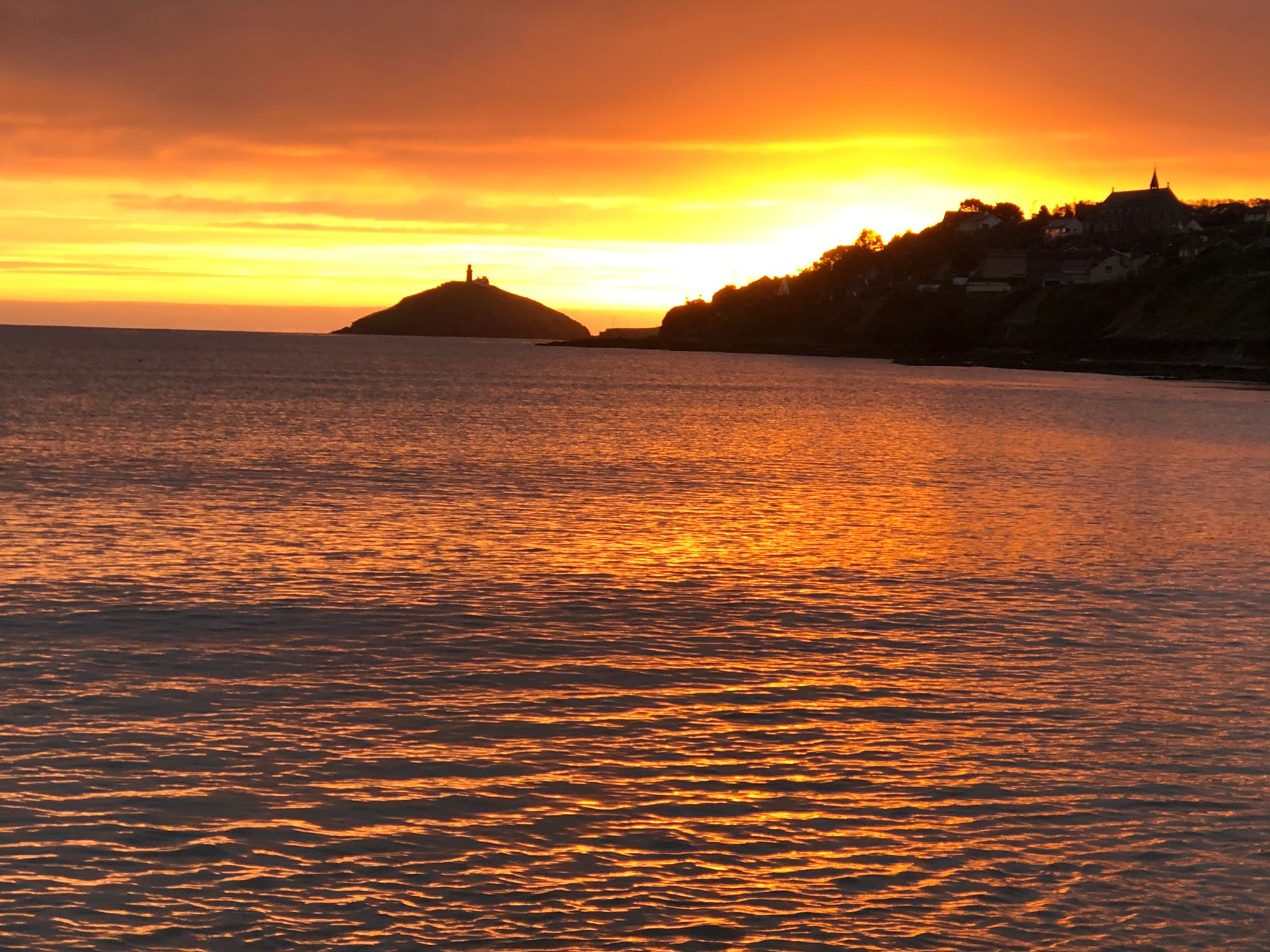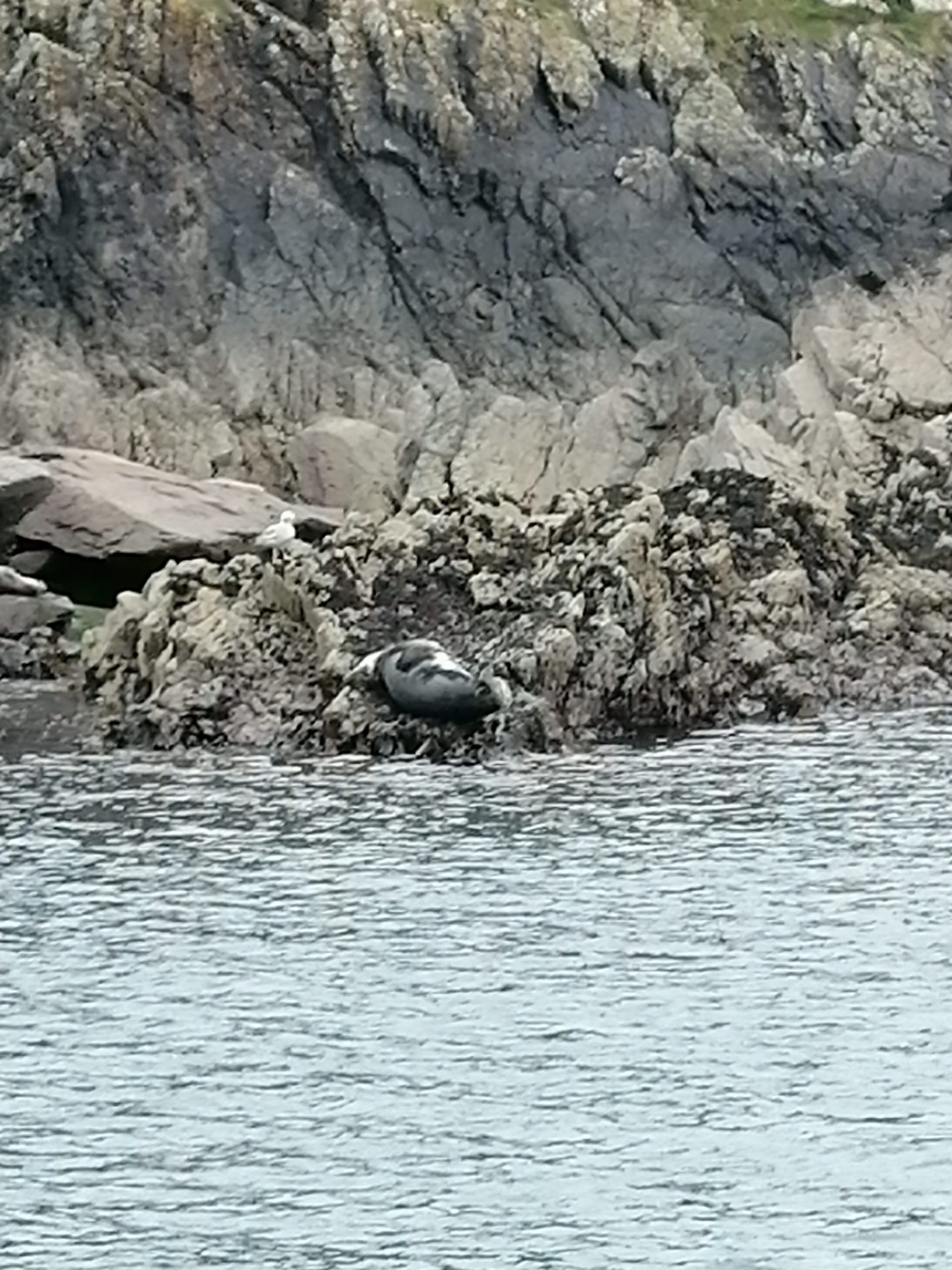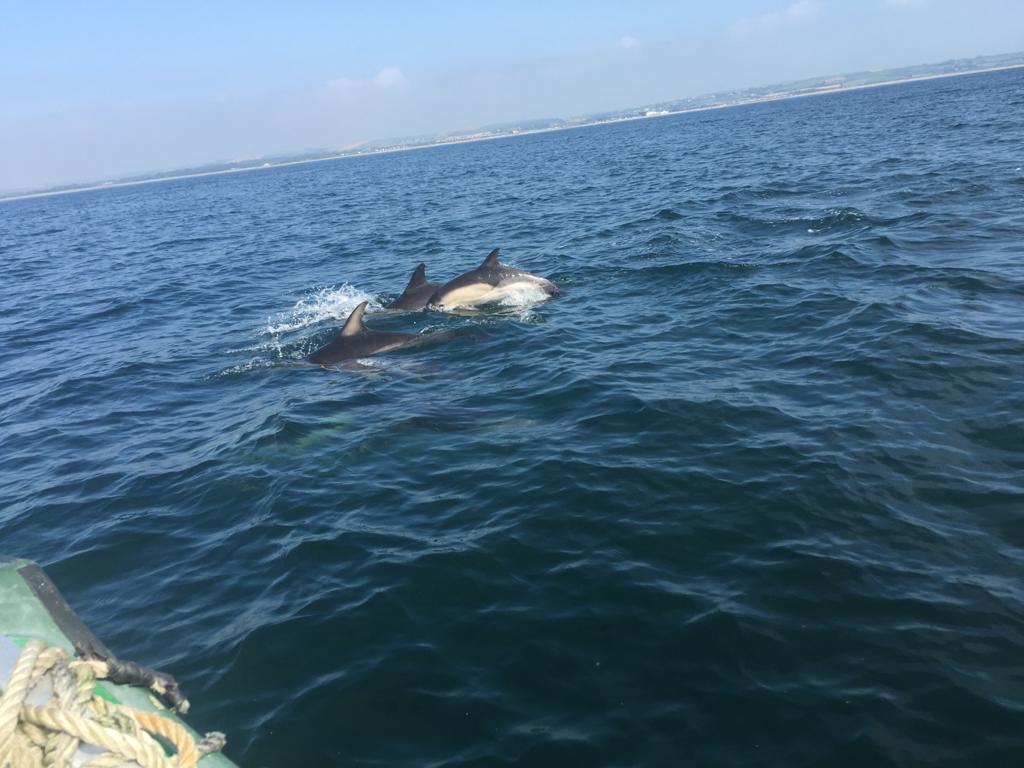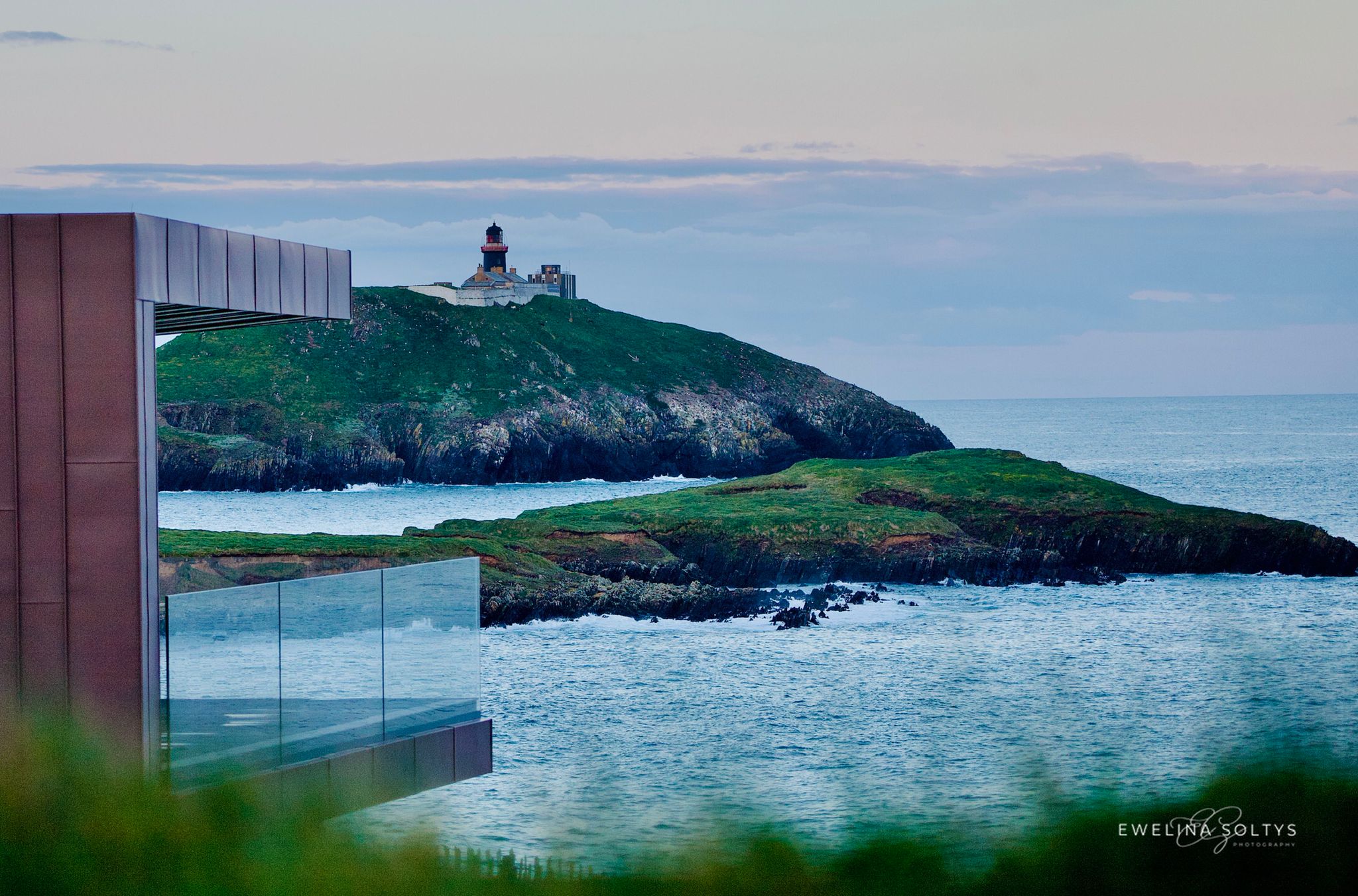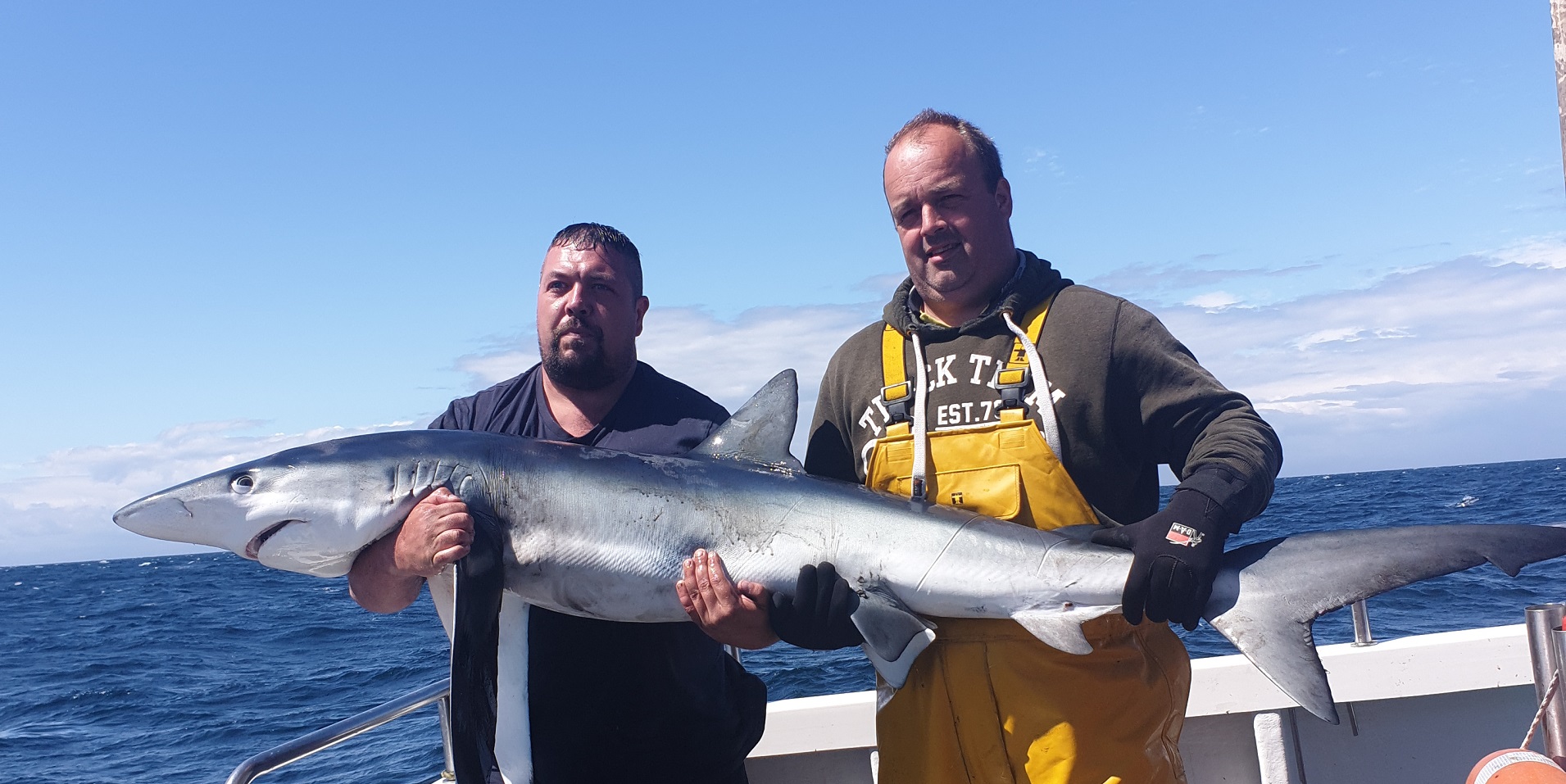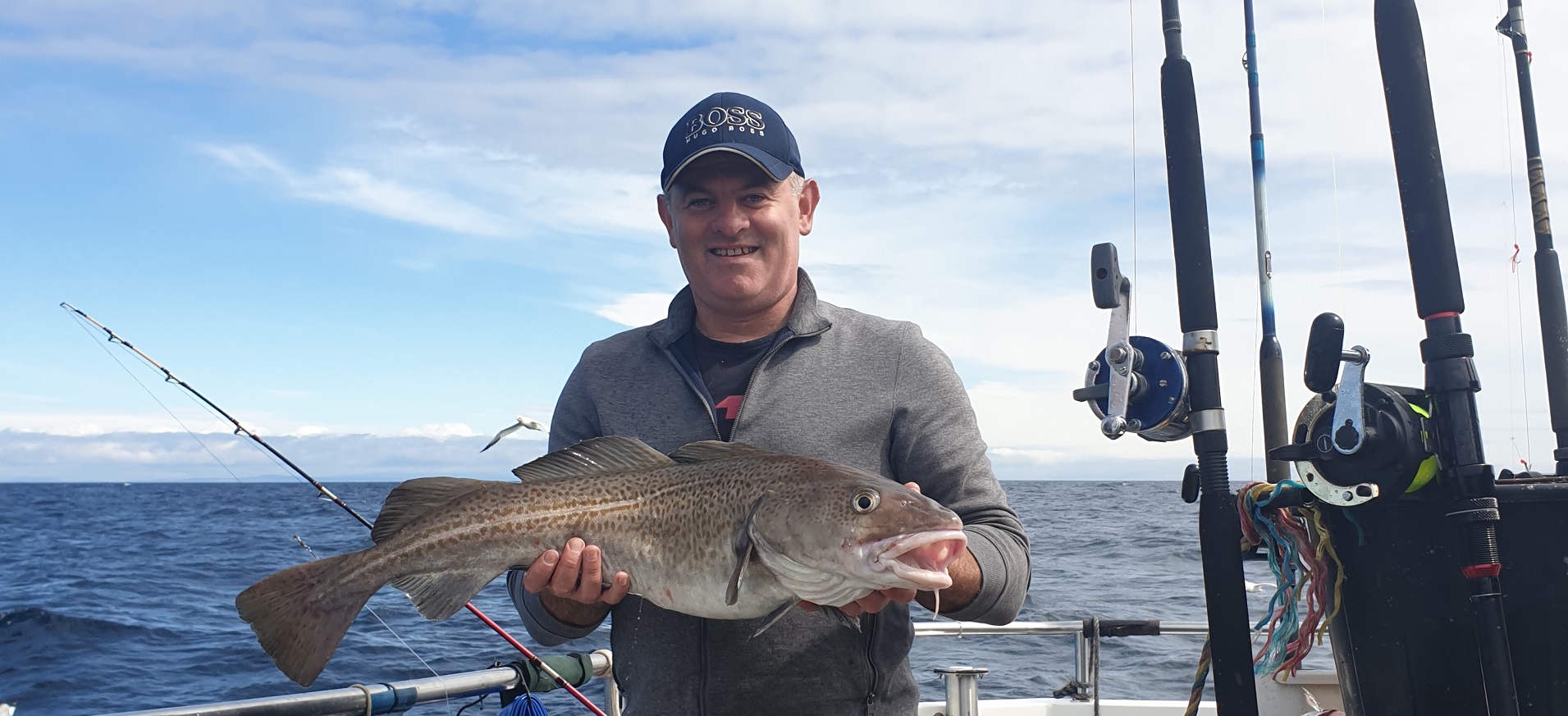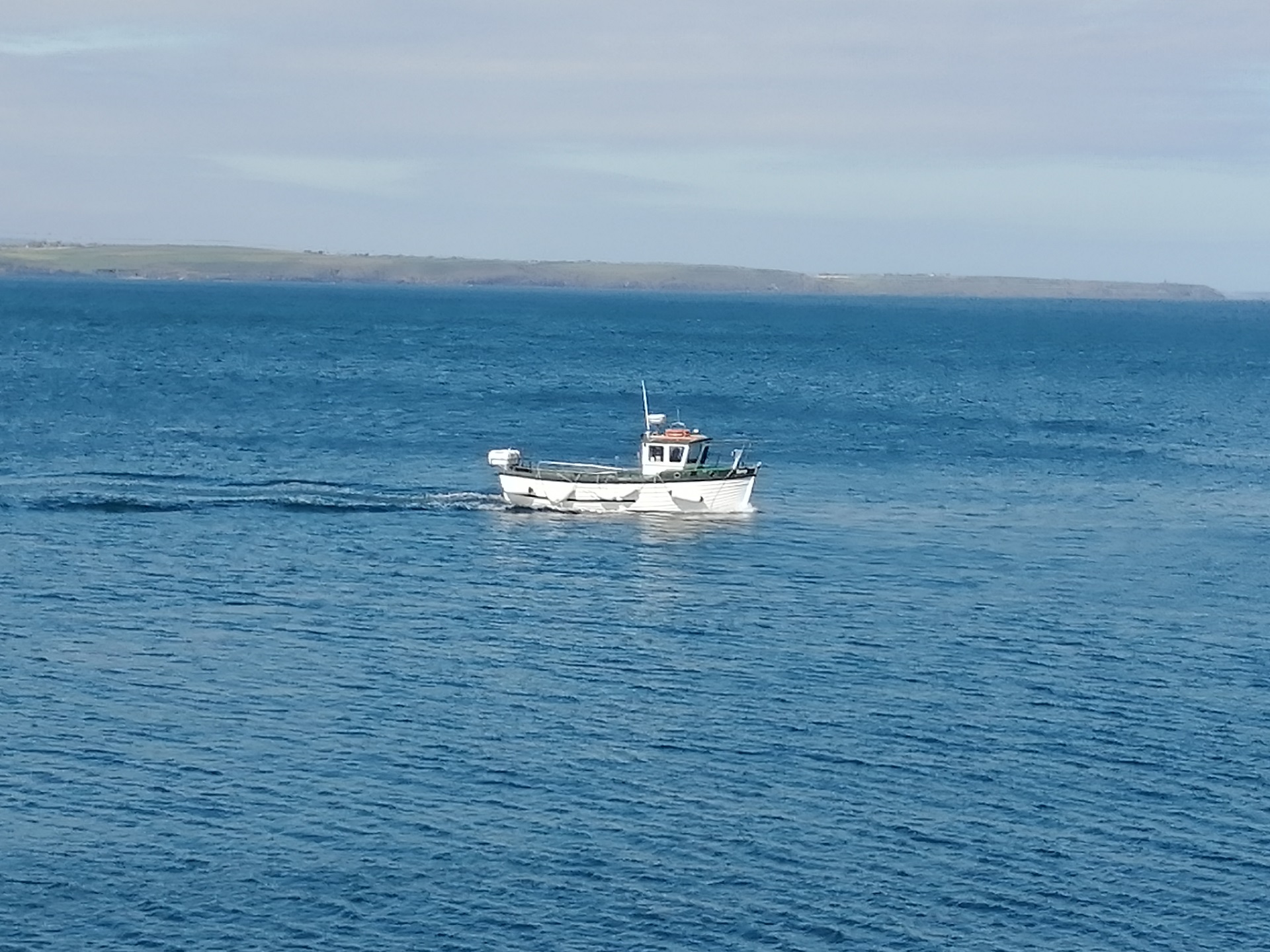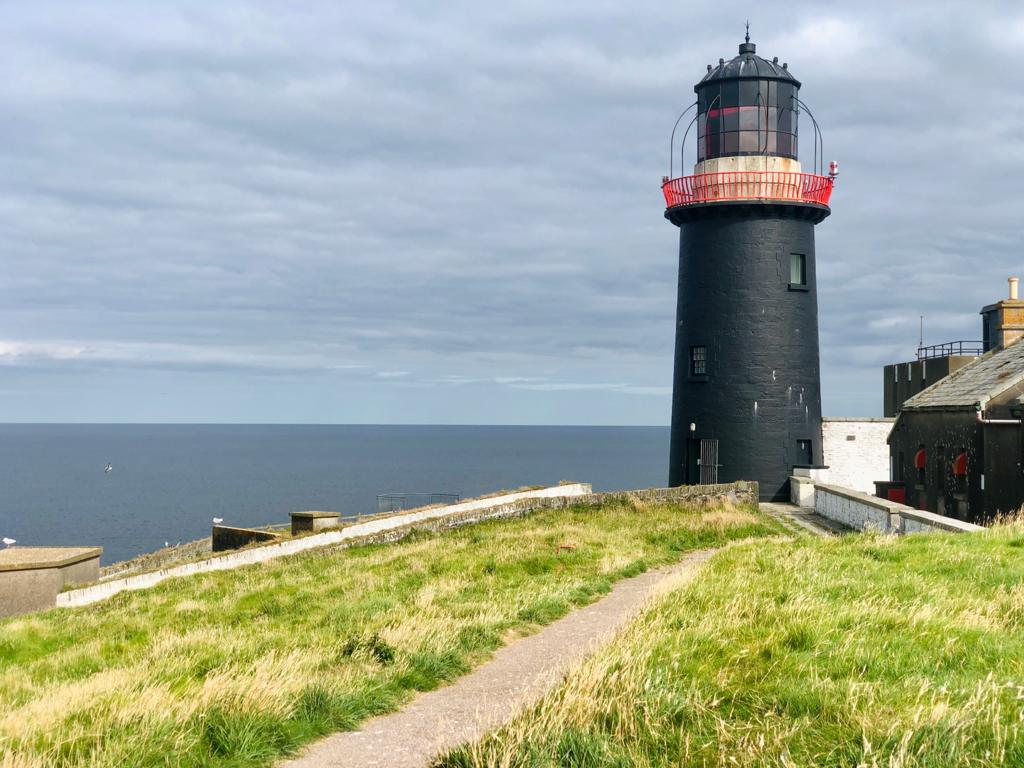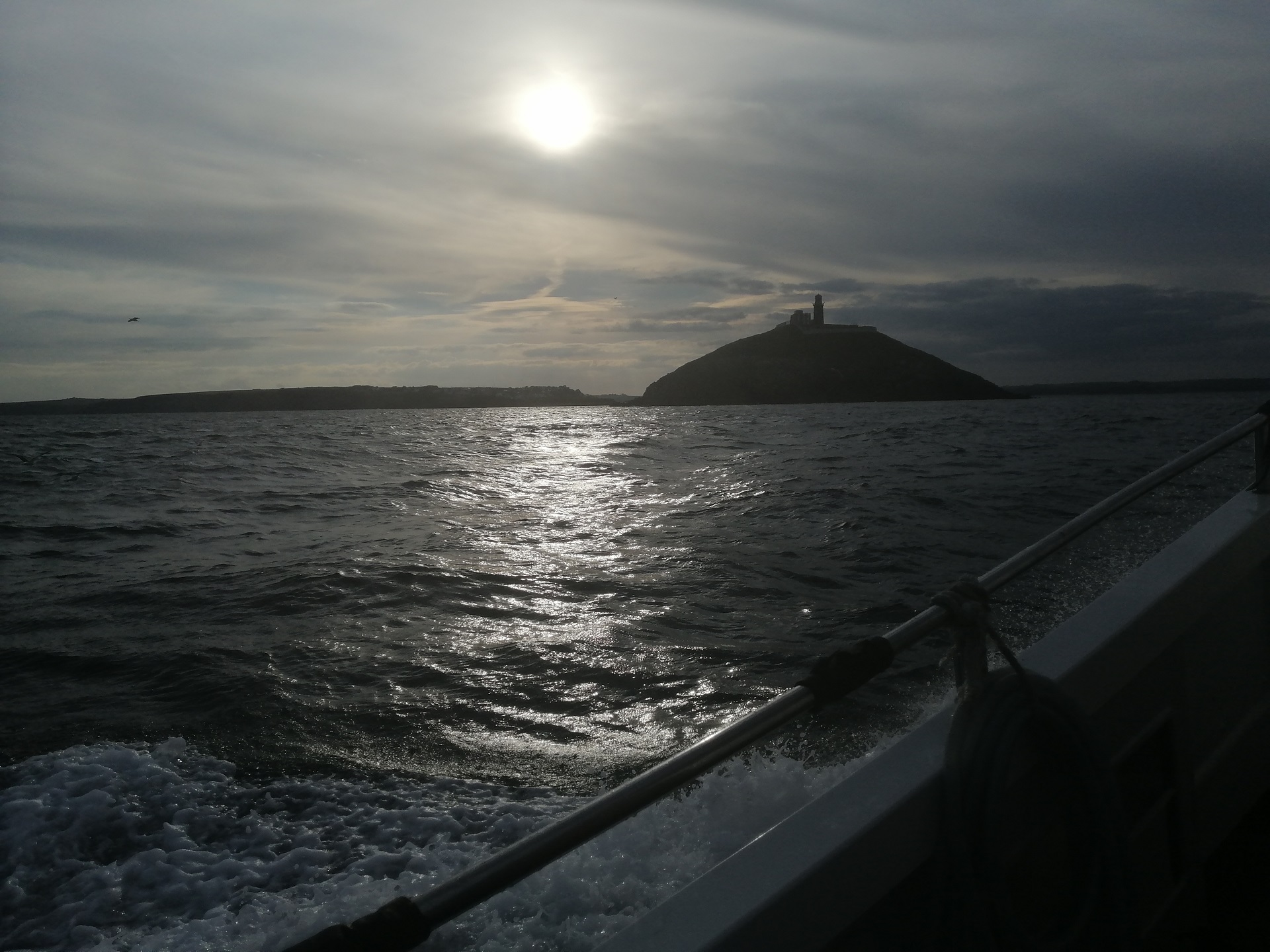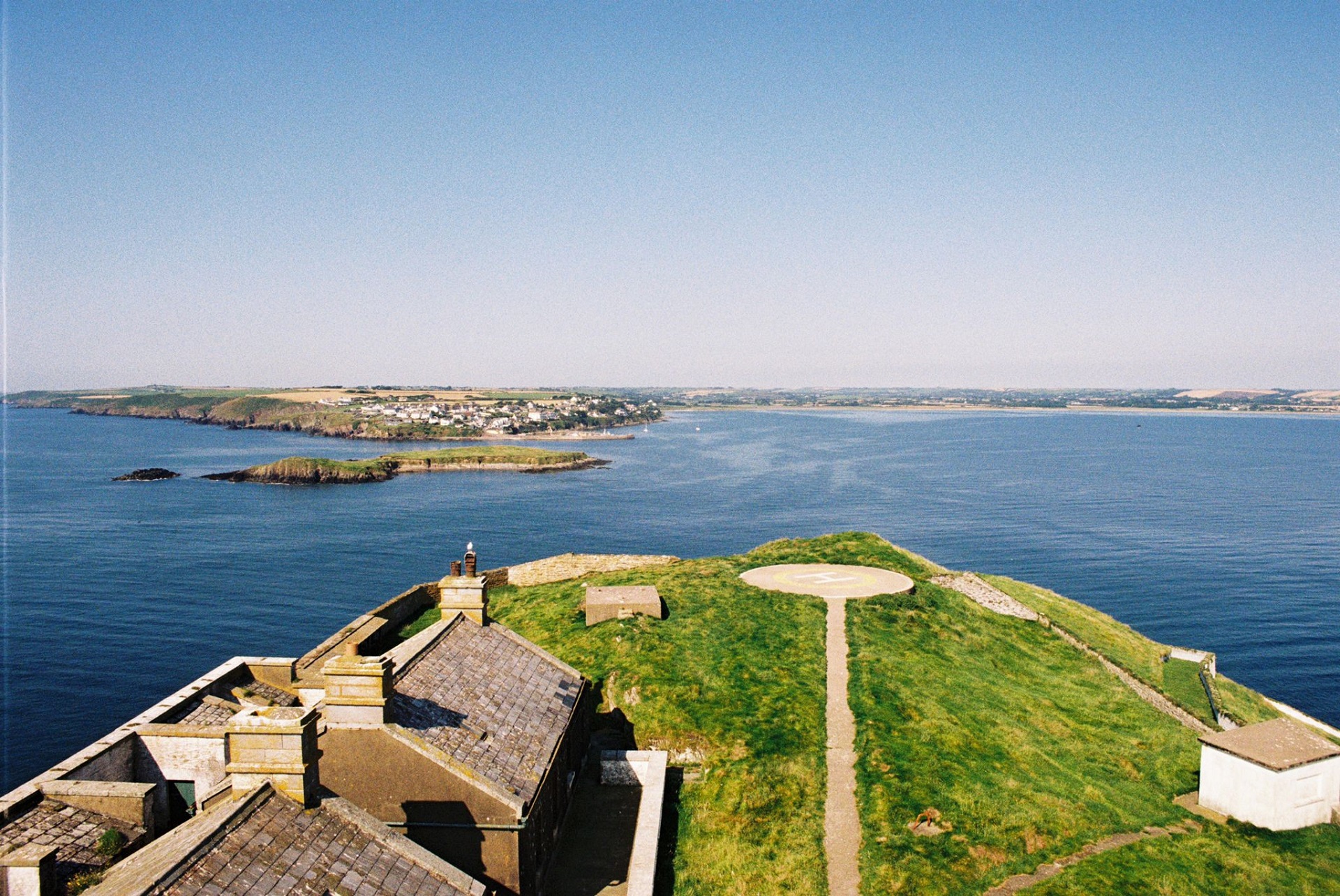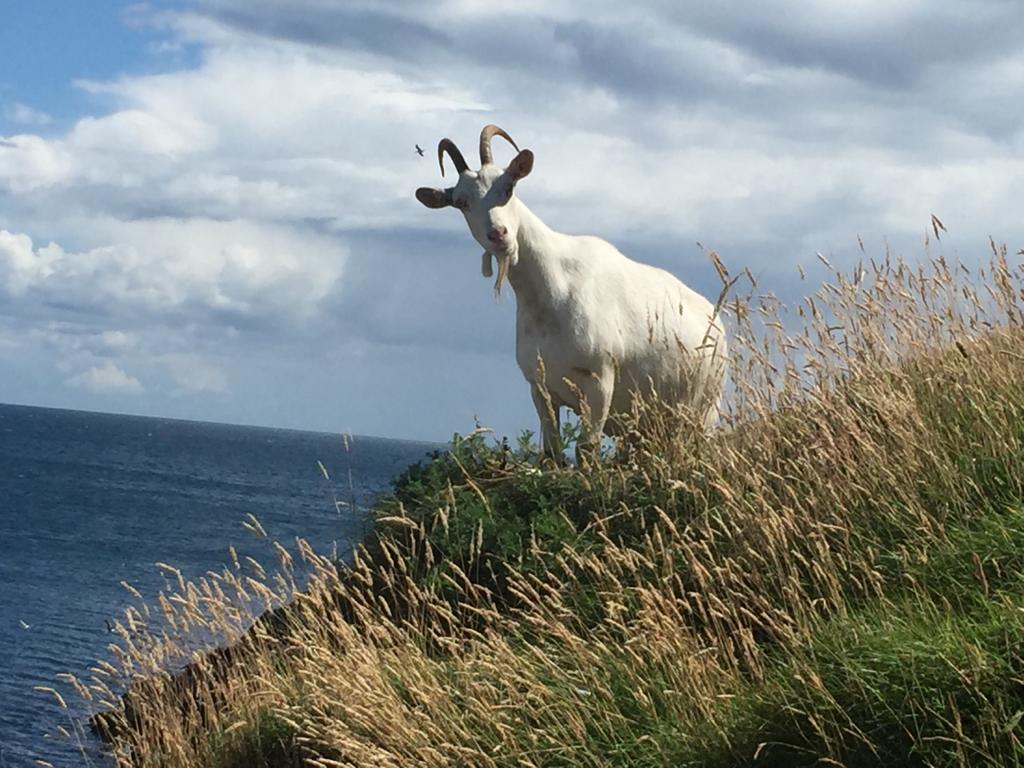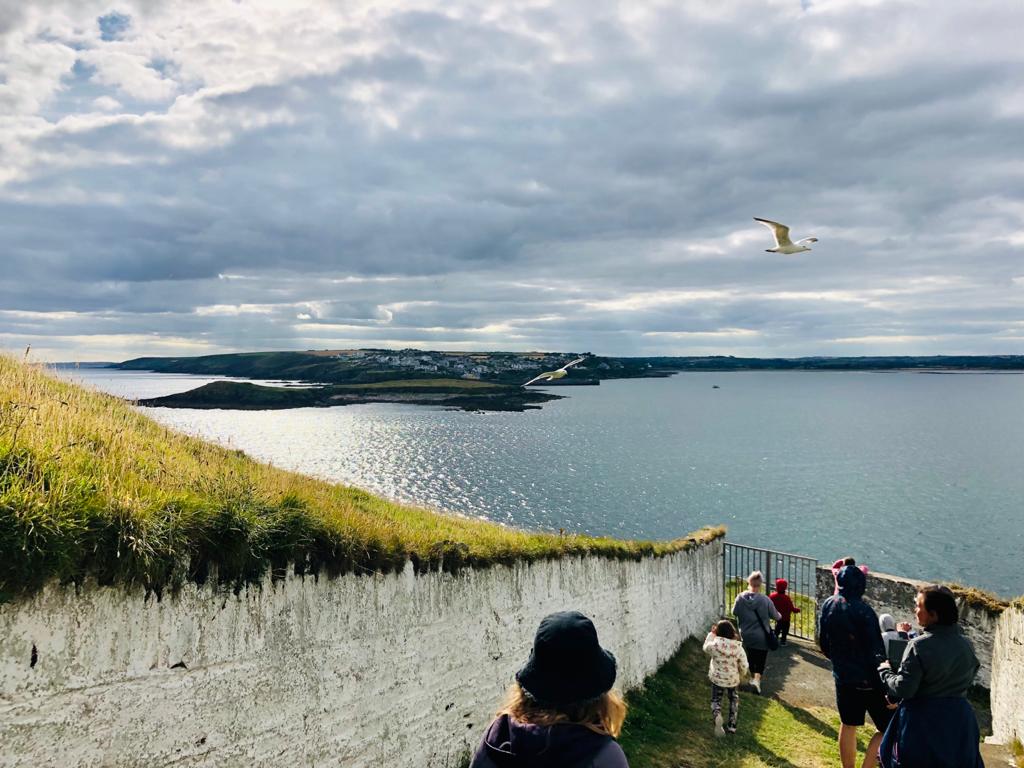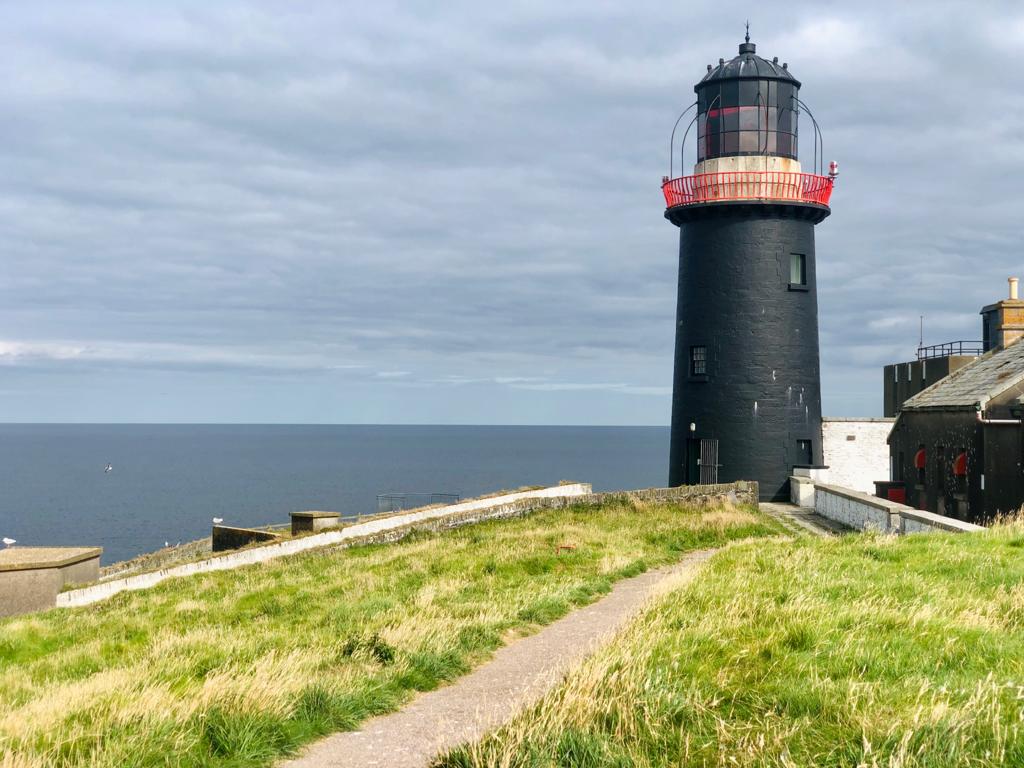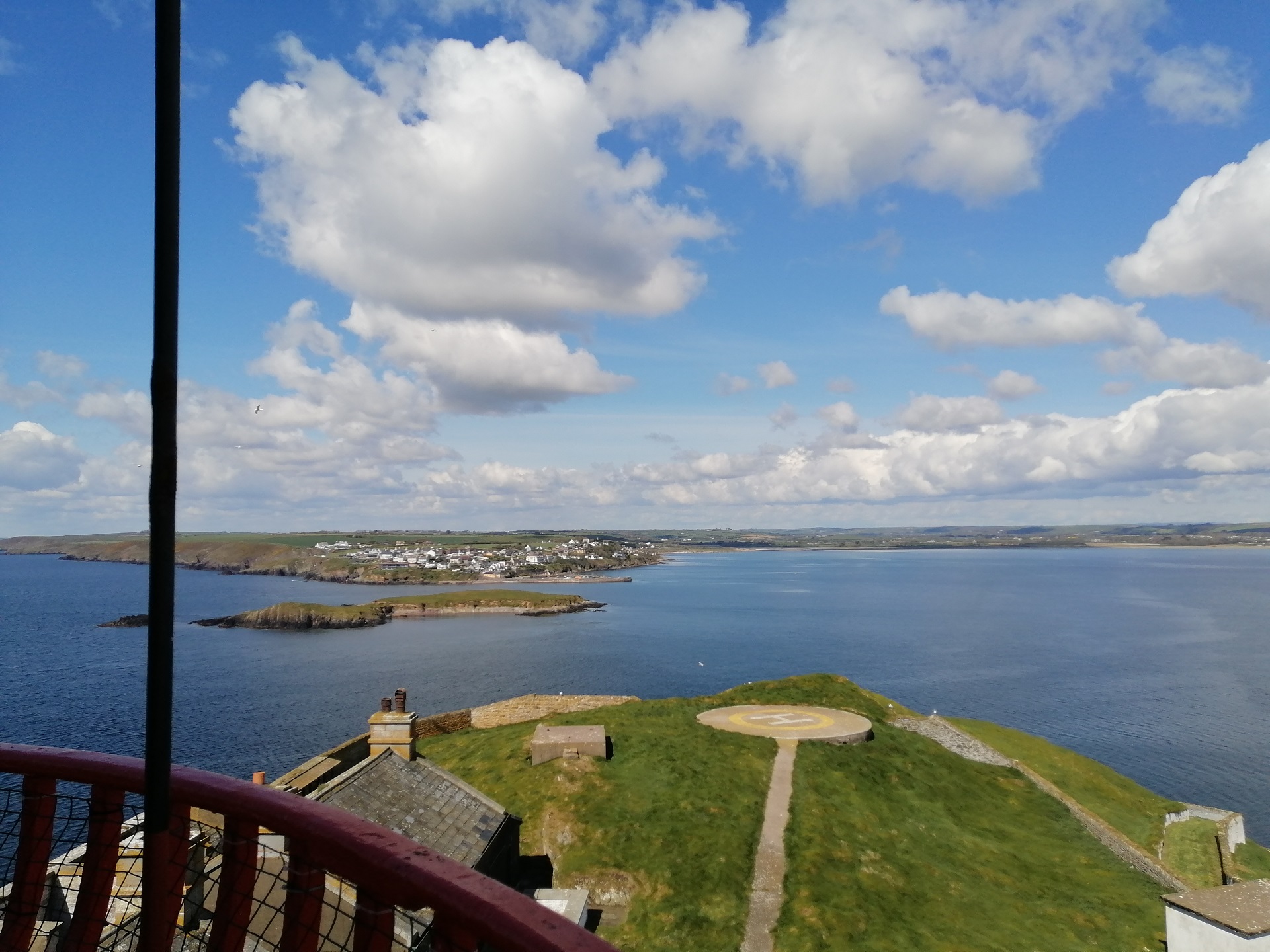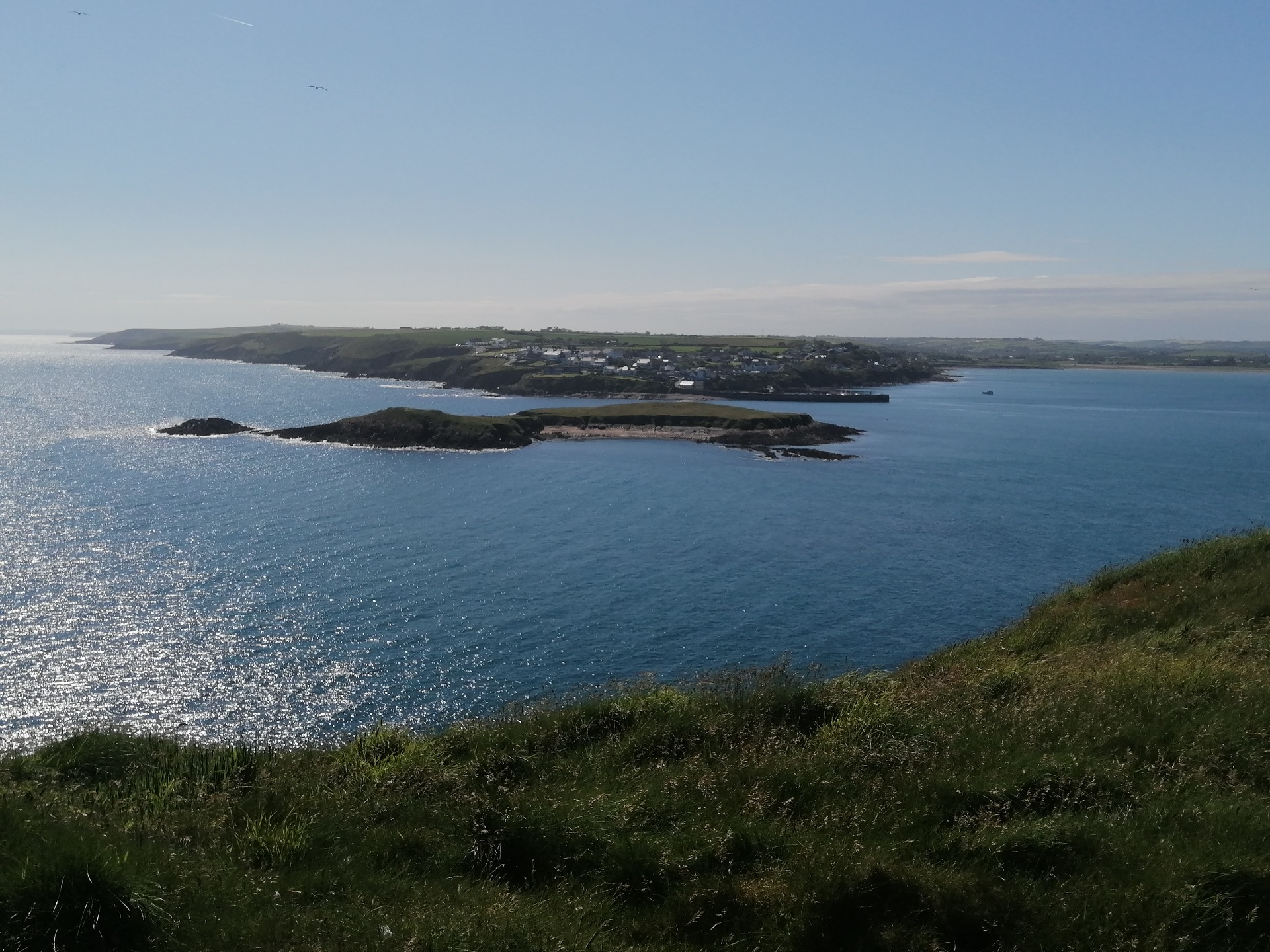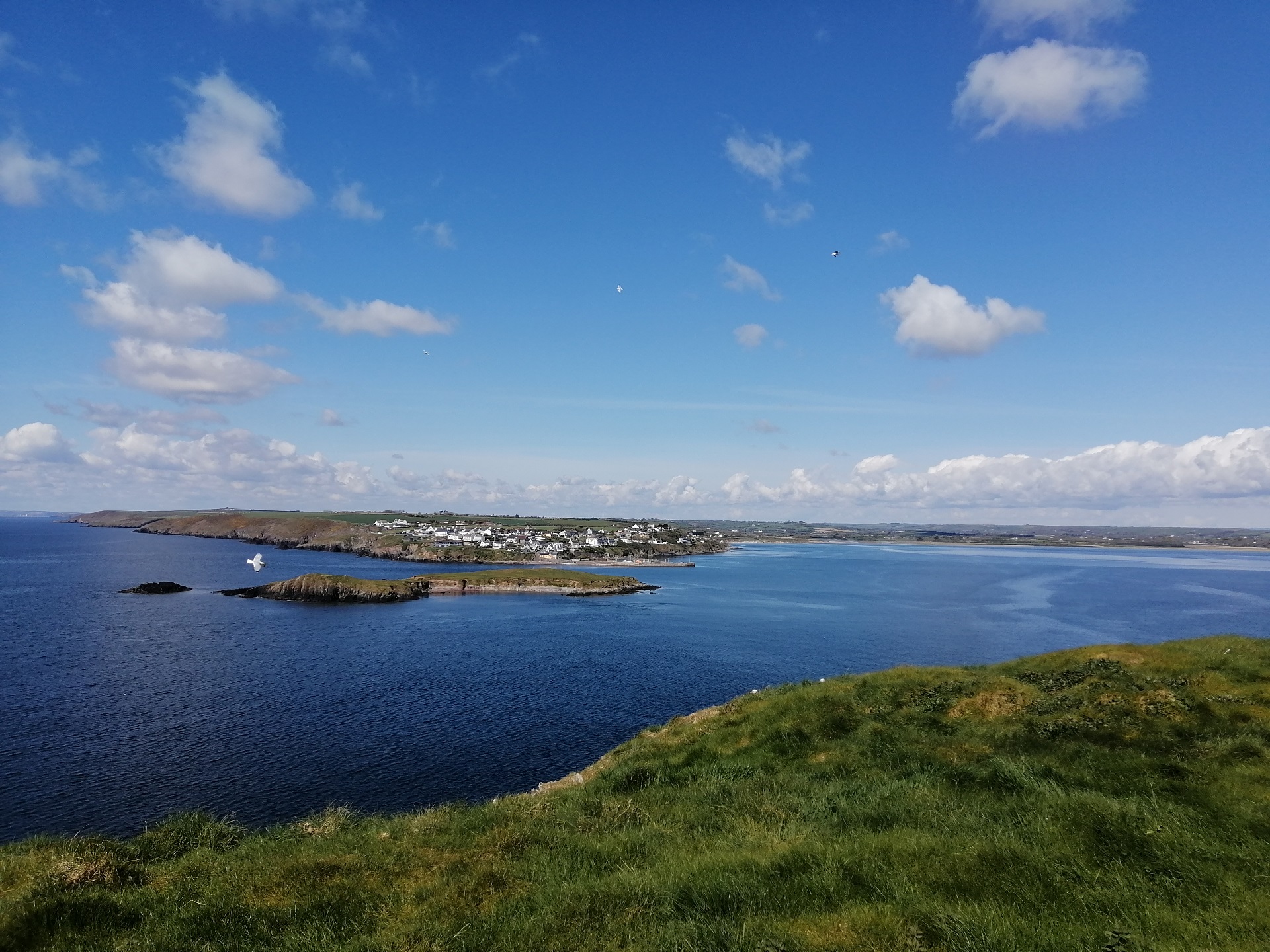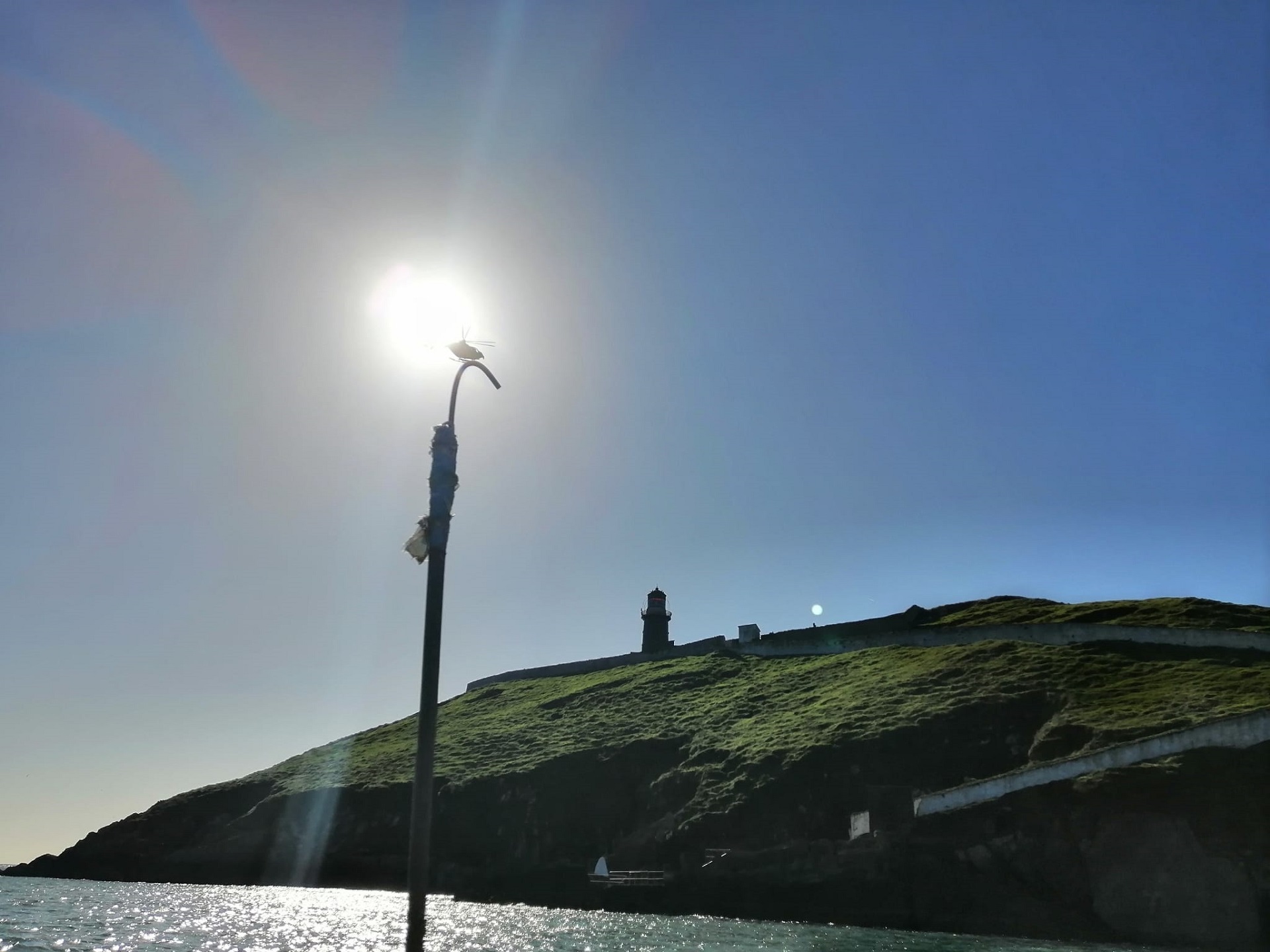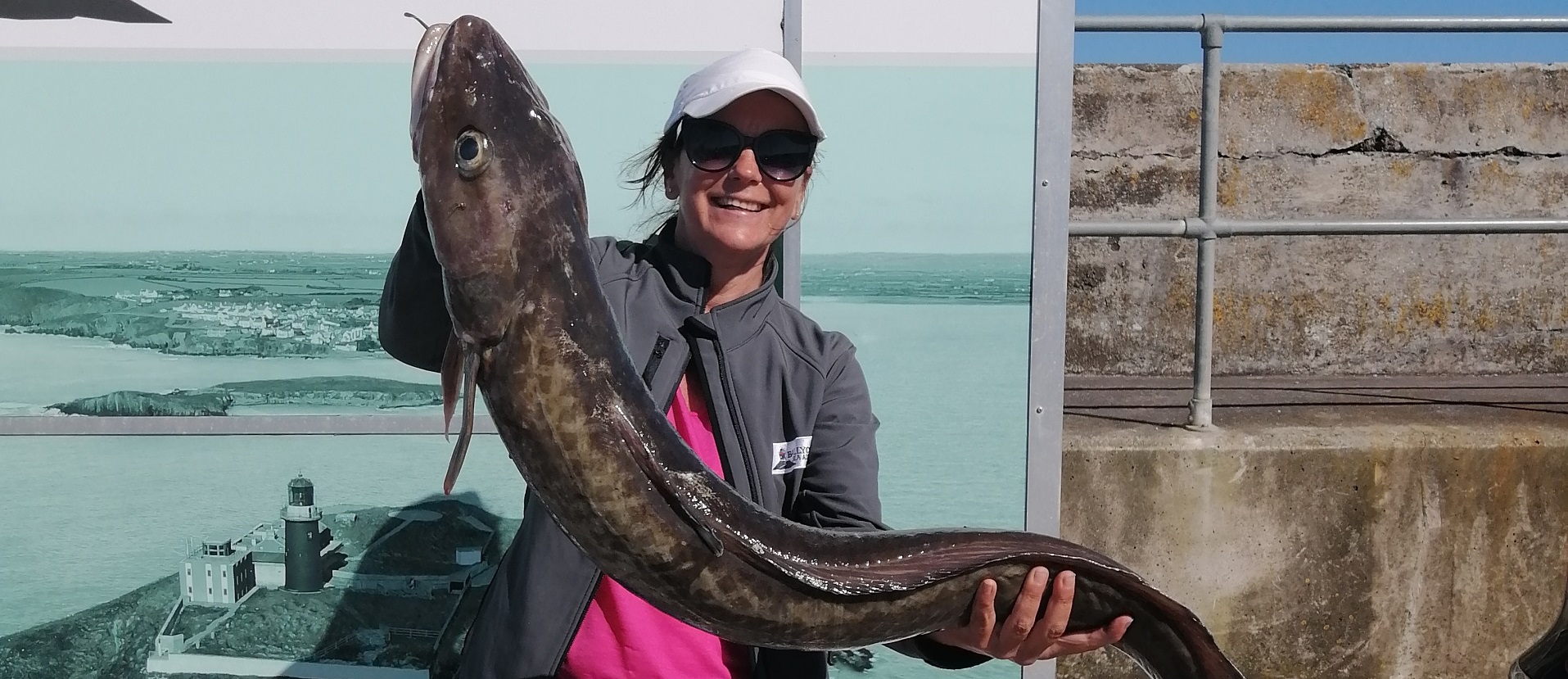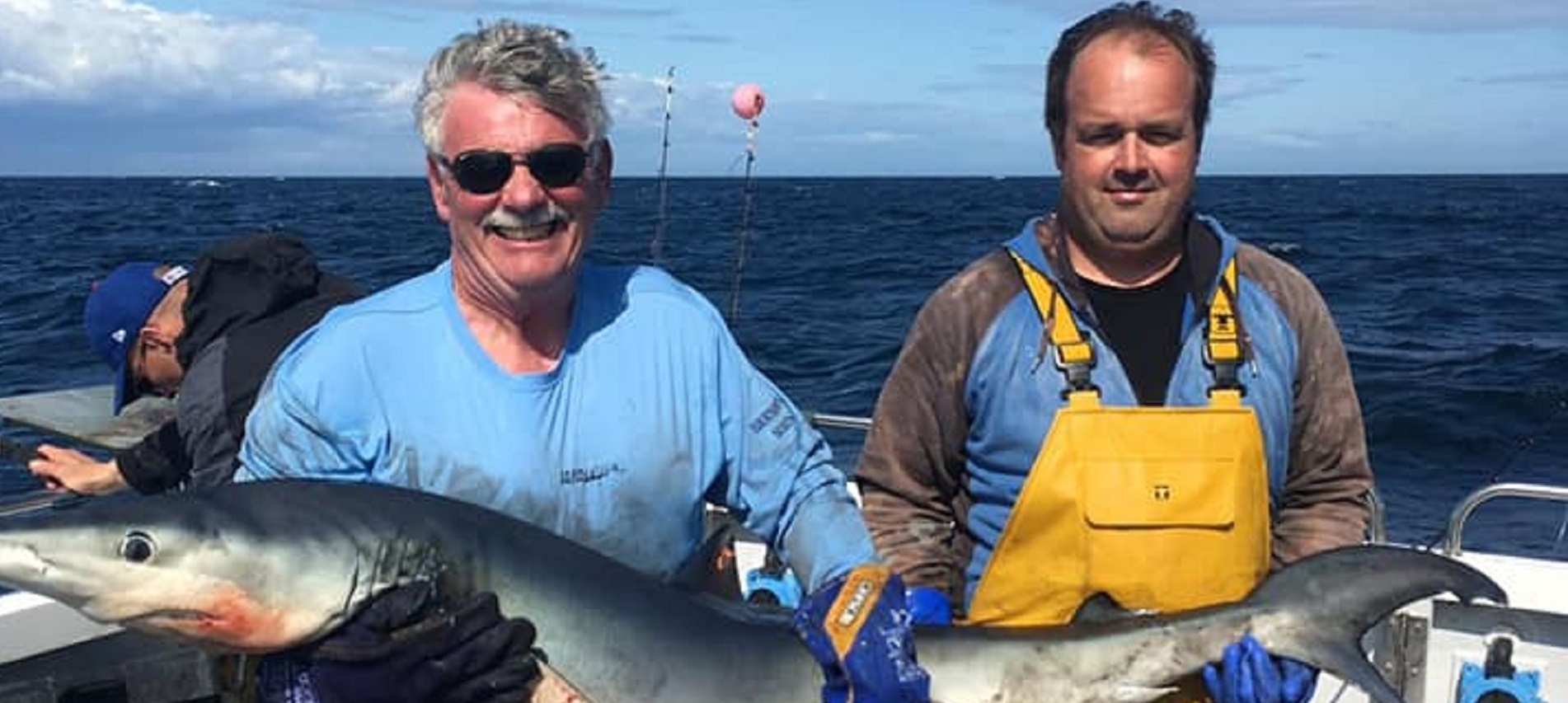Sea Adventures
About the Lighthouse
The lighthouse was designed by George Halpin who was responsible for the building of almost 60 Lighthouses in the first half of the 1800s. He also supervised the construction which began in late 1848 took two and a half years to complete. Sandstone, quarried on the island, was the main material used in construction of the tower, two keepers’ cottages and extensive boundary walls. Granite blocking for the staircase, floors, lintels and balcony was brought in from the mainland.
For almost 50 years the lightkeepers and their families lived permanently on the island. During that time the children would be rowed across to Ballycotton village to go to school. A keeper would be posted to Ballycotton for 3-4 years on average before being moved on.
In 1899 the families were moved off the island to houses in the center of Ballycotton village that the Lighthouse authorities rented for them. From then on until the 1970s the keepers and their families became an integral part of village life. The last lightkeepers left the island in 1992 and since then the light has been monitored remotely from Irish Lights HQ in Dun Laoghaire.
For the first 40 years the tower was unpainted. In 1892 one large black band was painted between the second and third floors. This was done to distinguish it from the white, unfinished tower on Capel at the other side of the bay. In 1902 the complete tower was painted black which it remains today.
The original light source was a multi-wick whale oil lamp. This was converted to a paraffin lamp in 1902 and stayed like that until diesel generators were installed on the island to power an electric array in 1975. A mains electricity sub-sea cable was brought from Ballycotton Pier in 2005 to replace the generators but this broke down in 2015 and was replaced by solar panels.
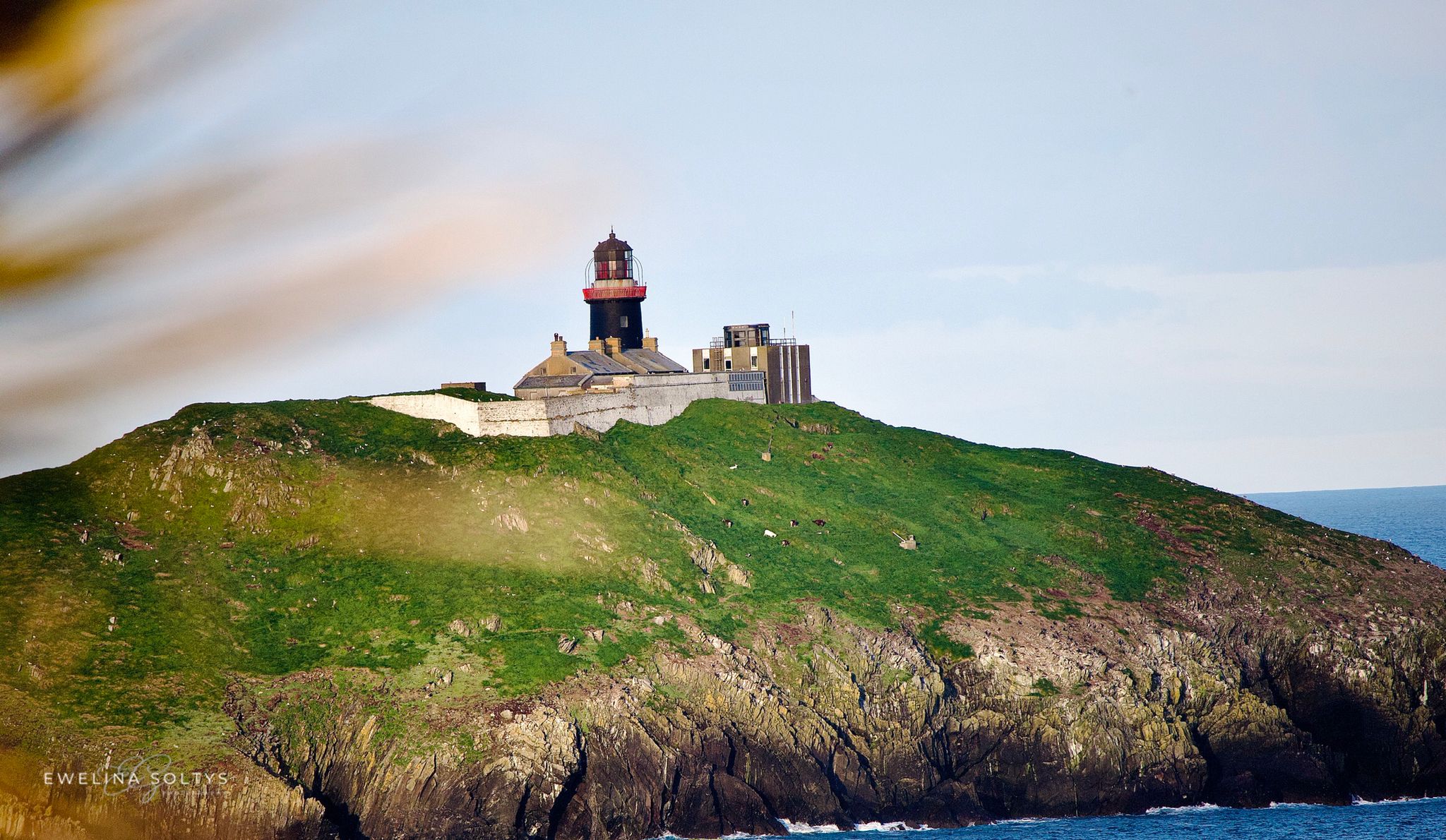
Sea Adventures
Ballycotton Lighthouse
Up to the late 1950s Lightkeepers communicated with their families ashore using Semaphore- a flag signaling system. Mail was only delivered to the Island when the Relief Boat brought on new keepers every second Friday. Light-keepers’ wives and children used to walk together to the pier each Sunday afternoon to wave across to the men on the Island.
French Pirates abandoned 24 prisoners on the Island in 1762. They had been captured on three ships travelling from Bristol to Cork. There are almost 100 recorded shipwrecks in the 9 mile stretch of water between Ballycotton and Ballycroneen Bays.
The lightkeeepers made long rods from bamboo to fish for Pollack off the cliffs at the back of the Island. They made up their own hooks using goat whiskers as feathers!
Ballycotton’s famous Lifeboat was established in 1858 and has saved 100s of lives.
The famous Mary Stanford Lifeboat is now on display on Cliff Rd. Its rescue of the 8 crew of the Daunts Rock Lightship in 1936 was the longest ever ‘shout’ by a lifeboat.
The Lighthouse provided radio cover for the Lifeboat when it was out on ‘shouts’ from 1974 onwards.
Ballycotton Island has two landings known as the East and West landings. The East Landing is the most used but in the event of severe Easterly winds the keepers could be brought on and off at the West Landing.

